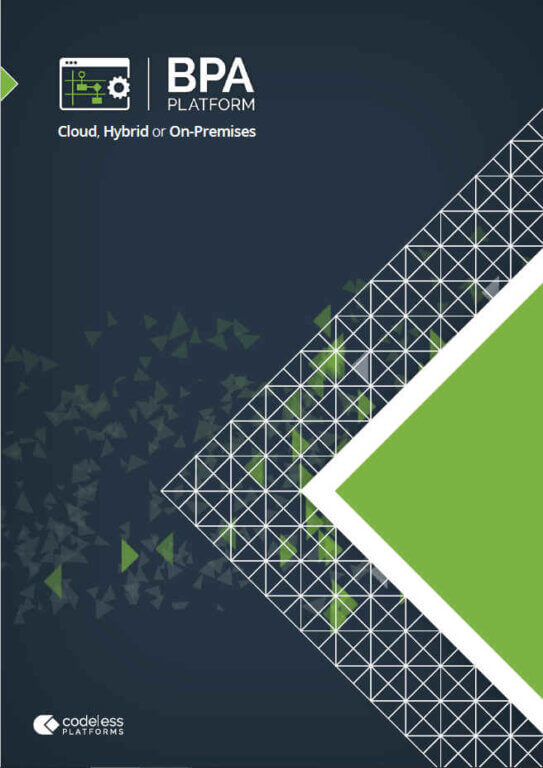Point-to-point integration is seen by many SMEs as a way to quickly solve a data synchronisation issue between two or more databases. Whether it’s a fixed out-of-the-box plug-in or bespoke development in-house, at first glance, point-to-point integration seems to be an easy and cost-effective solution to push data from A to B. Unfortunately, countless organisations are learning the hard way.
Although a tolerable solution when only a couple of on-premises or cloud-based business systems are in place, it can raise numerous issues further down the line. For example, how easy is it to change fixed integrations through a supplier when a process changes or business grows? What happens when primary systems receive an update or if a company is looking to migrate to a new business system?
A quick system integration fix can turn into your worst nightmare. It can become completely unmanageable, incompatible with infrastructures, unstable and extremely costly to fix.
Point to point integration pitfalls
The fact is, point-to-point integration is built for a specific purpose in mind and a business that invests in point-to-point integration solutions becomes vulnerable. It’s a rigid solution, only providing an integration requirement for data to go from A to B.
As point-to-point integration is a fixed solution, businesses lose their flexibility to introduce new systems that can grow with them. An organisation can often find itself falling into the trap of ‘making do’ with what they have and adding more and more fixed connections between systems and applications. It results in a lack of productivity in the workplace. Eventually, the complex architecture built up over time will fail and the system integration best practices you strategically put in place will have been wasted.
Point-to-point integration working example
As a prime example of point-to-point integration, fixed integration between an eCommerce solution and ERP system is often the sub process of a more complex business process. The A to B integration works fine for pushing and pulling order or product data between systems, but the order management process is more complex.
When order details are synchronised between A and B, the next step in the process is to place the order for fulfilment with a courier service. Due to the courier service system being isolated from systems A and B, this step turns into a manual process. It means that a business needs to either buy or develop its own point-to-point integration solution to include system C, the courier service provider.
Point-to-point integration can get messy
The number of point-to-point connections can quickly grow as more business systems are added. By the time a business wants to integrate its CRM, MRP or bespoke business system with systems A, B and C the number of fixed connections can become unmanageable and represent unnecessary development costs.
Any changes that need to be made to a business process are out of the control of the business and in the hands of the supplier. This brings added development costs and raises the question – can a supplier keep up to date with recent changes made to the target database?
Furthermore, point-to-point integration restricts a company from updating its primary applications as legacy systems and connections may no longer be supported. The more point-to-point integrations that a business has in place puts added strain on IT infrastructure and increases the risk of security issues and incompatible connections – making for an unmanageable architecture.
Common pitfalls of point-to-point integration include:
- Rigid solution only providing integration between systems A to B
- Point-to-point integration is only the sub process of a bigger business process
- Security risks can arise with patch updates, and become incompatible with connections
- Keeping integration connectors up to date eats in to valuable development and financial resources
- Changes are often out of the control of the user and in the hands of the supplier
- Locked into a supplier’s service and pricing
- No control over a vendor’s choice to discontinue support for the solution
- Makes upgrading primary applications difficult as further investment will be required to buy the connection again
- Complex integration architectures are prone to failure and stability issues
Flexible, customisable and agile integration tools
If you are experiencing problems due to point-to-point integration, planning to grow or looking to change your primary cloud-based or on-premises business systems, then flexible, customisable and agile data integration solutions are likely to appeal to you.
A specialist data integration tool such as Codeless Platforms’ BPA Platform can help your business cut the cost of BPA Project data integration projects whilst simultaneously safeguarding the upgrade path of your primary application(s).
BPA Platform provides you with a drag and drop visual flow of data process structures which enable you to read multiple database types, files and web services to quickly and easily bring information between systems together. The solution ensures that your data is consistent and well-structured so that it can be modified or adapted quickly and easily depending on specific business requirements at any given time.
For more information on how BPA Platform’s drag and drop data integration tools can help your business download the brochure below or call us on +44(0) 330 99 88 700.


